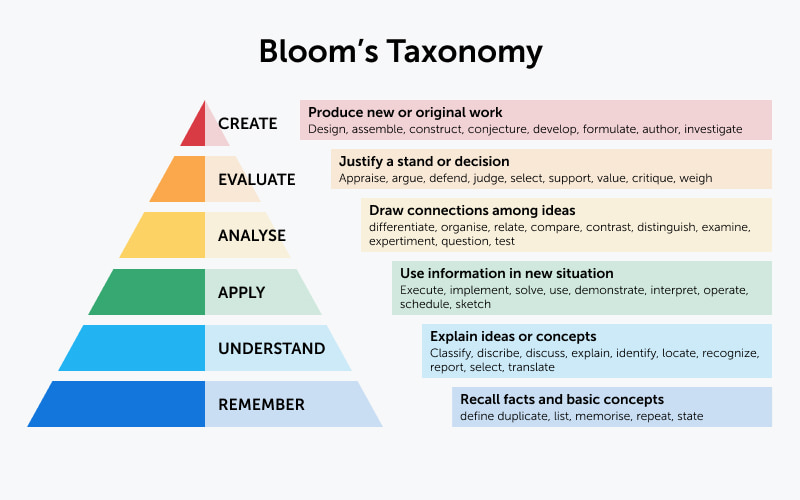Greetings, ReadTheory Rock Stars!
Over the past few years, we’ve been seeing and hearing a lot about “authentic assessment.”
Are YOU keeping it real?
The first time you ever saw the term “authentic assessment,” it was most likely on an agenda item at a faculty meeting or professional development day. Remember how excited you were?
Your initial reaction may have been one of these three:
1. Assessments? Already done – some paper, some online… all legit. So when the agenda hits that part, I’ll give a quick signal like I need to take a call. My colleague gives the nod, I step out, grab a breather, scoop up some extra snacks on the way back, share a few, and everything’s right with the world.
2. Hmm okay well let me pull up my __________ (insert one: fantasy football roster, book club notes, cute cat video group, recipe file share, nephew’s wedding registry) and have it ready to work on during this portion of the agenda.
3. I teach P.E., that portion of the agenda will be a good time for (your choice of #1 or #2).
Okay, I kid, I kid . . . I mean sort of . . . bwahaha.
In reality, the first time you saw this term, you were most likely . . . intrigued!
You’re a great educator, you’re not stuck in your ways, you’re always striving to improve your craft. Your interest was piqued at this agenda item.
Trendy Ed Speak or Lasting Pedagogy?
Let’s break down “authentic assessment” a bit.
The word “authentic” generally carries connotations related to age. We think of authentic items and approaches as being steeped in history, carrying a greater sense of value and worth, partially because they have stood the test of time.
Let’s bring in our new bff AI and consider this definition and examples:
 Now let’s consider the word “assessment.” Pretty straightforward, right? So let’s bypass AI and use our good old reliable dictionary:
Now let’s consider the word “assessment.” Pretty straightforward, right? So let’s bypass AI and use our good old reliable dictionary:

Let’s put them both together and see what AI has to say:

WOW!
This sounds GREAT!
It sounds like we’re dumping the old school archaic approach: take notes, study notes, take a test.
We’re even trashing the ramped up version: fill out study guide, review study guide, take a test.
We’re even saying bye bye to even more progressive versions: get handed or download a study guide, study the study guide, take a test.
Sounds thrilling, amiriiiiite?!
Keeping it REALLY Real!
Project Based Learning (PBL) focuses on student presentations as a key feature of evaluating levels of standards mastery.
You’ve seen it so many times – the power of vibrant collaboration, the growing levels of confidence, the full engagement of students provided with opportunities to creatively present their research, and most importantly, the dynamism taking place when students reach the highest levels of learning, turning from inert parrots of information to active presenters of findings.
PBL results in the most intrinsic levels of authentic assessment.
When we focus on that famous pyramid of learning . . .

. . . we realize that when students interact with a study guide, they are participating in very basic levels of learning (if they’re learning anything at all).
When students participate in PBL, they are at the top of the pyramid. They are stakeholders in authentic learning, taking true deep dives into their subject matter. Your students’ deep dives deserve evaluative efforts with similarly much more authentic levels.
Authentic assessments deserve authentic, deep, and valuable evaluations. The most effective levels are “action oriented feedback” focusing on direct commentary regarding what they did well and what could be improved.
Incorporating PBL and authentic assessment in your classroom results in the highest levels of learning and a thriving culture of student-centered engagement.
Final note: One of the best things about PBL and authentic assessment is that the challenge levels are built-in. Increasing challenge levels as students succeed, combined with easing things up as students struggle–this is the special sauce.
Does this approach sound familiar? It’s exactly how ReadTheory works. As students perform well, the program automatically delivers more challenging texts and questions, making it a powerful tool for differentiating instruction for all types of learners, including gifted ones.
Incorporating ReadTheory into your classroom’s regular program results in students participating in learning activities which are valuable, real, and yup, you guessed it – authentic!
Peace,
Eric Adler



